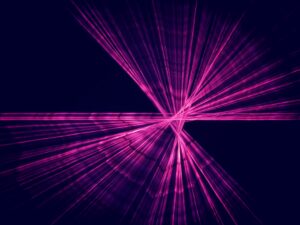

To be more precise, the US Department of Defense uses laser system technology to design an infrared laser module that allows detecting enemy combatants from a distance by scanning their heartbeats. The principle of the laser system device is based on the process of laser vibrometry or non-contact vibration measurements to identify the movement of the surface evoked by a person’s heartbeat.
It should be noted that the improved laser technology is not a novel one, the laser device is the development of the existing technology that includes the use of already available tools for measuring vibrations in distant structures such as wind turbines. The researchers from the US Department of Defense confirm that the designed laser system can penetrate clothing and reach a positive detection about 95% of the time from up to 200 meters (650 feet) away, herewith, the presented laser technology is not limited and can be extended in the nearest future.
Of course, the opportunity to use such a laser device from space remains unreal but longer distances are possible. Additionally, this laser technology is considered to be still in its early stages because the laser system is not able to penetrate thick clothing yet and it is required that a person sit or stand in one place for it to operate (about 30 seconds for reading begins).
One more challenge is the necessity to create a cardiac signature database as well as other various biometric identification techniques ranging from facial recognition to retinal scans. Despite the fact that this laser product is not ideal and requires some improvements, cardiac signature identification provides more benefits than some conventional identification techniques, so it is impossible to change someone’s heartbeat as face or fingerprints can.
It was planned to combine the laser technology with other identification techniques creating a possibility to measure the unique characteristic of cardiac signatures at a distance, thus, the laser system offers additional biometric identification when environmental conditions and changes in facial appearance remain inefficient.
Optromix is a fast-growing fiber laser manufacturer and a vendor of optical fiber sensors and optical monitoring systems. The company offers fast turnkey solutions and creates sophisticated fiber laser systems for special purposes. Optromix uses only its own technologies and develops a broad variety of fiber lasers. If you have any questions or would like to buy a laser system, please contact us at info@optromix.com







